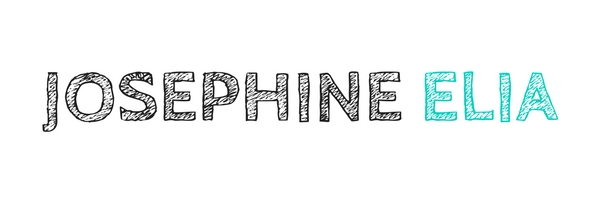Toni Morrison, Beloved, Penguin Putnam Inc., 1998.

Chilling. Powerful. Mysterious. Beautiful. Like a painting.
Beloved is a work of art. And like many pieces of art, there are aspects of it that I don’t understand. I’m not too left-brained, however, to miss the beauty of Morrison’s words and phrases.
Beloved tells the story of Sethe, an ex-slave, and her daughter, Denver. They live in a house, called 124, which seems to be haunted by the spirit of a baby—Sethe’s dead child. Upon the arrival of Paul D, an old friend/fellow slave of Sethe, the spirit left the house. But not long after, a girl about the age of Sethe’s daughter if she had lived arrives at 124 and catalyzes a series of reactions from the 3 main characters. This woman calls herself Beloved.
The confusion of who, or what, Beloved is remains a mystery, both to the characters in the novel and the readers. Sethe and Denver believe she is the dead child returning in flesh. Or, she may be just a confused girl who believes Sethe is her mother. Regardless, as a literary device, the character Beloved is brilliantly created to trigger the other characters’ development.
Indeed, character development is, to me, the meat of the story. With Beloved’s presence, they are faced with history in slavery, their past actions, and how they are impacted by their past. Beloved’s identity is confused with the beliefs that each character projects to her—whom they think she is.
My favorite parts of the book are when Morrison zooms in to the internal narratives of each character, employing the first-person point of view. The emotions are palpable. The plot’s climaxes are also glorious, in a terrifying way (I won’t spoil any plot).
Zooming out to the social context that Morrison is addressing, Beloved is a powerful painting of what slavery does to humans and their sense of ‘self.’ Multiple times in the novel she describes a fragmenting experience that the characters experience—feeling that their heads, arms, or legs are coming apart, or not recognizing their own voices. Even though the characters are technically free men and women, the trauma of being owned and tortured remains in their lives.
There are two things (for the sake of this short review) that I think Morrison highlights in the novel. One, the impact of slavery is intergenerational. Denver grows up free, but she very much reaps the experiences of her mother and grandmother. The healing process from the evil of slavery is long and arduous. Two, when someone or a people is degraded, all humanity is degraded. Slavery does not only degrade the slaves, but also the perpetrators. A web of humanity connects us all.
Originally published here.



Trackbacks/Pingbacks